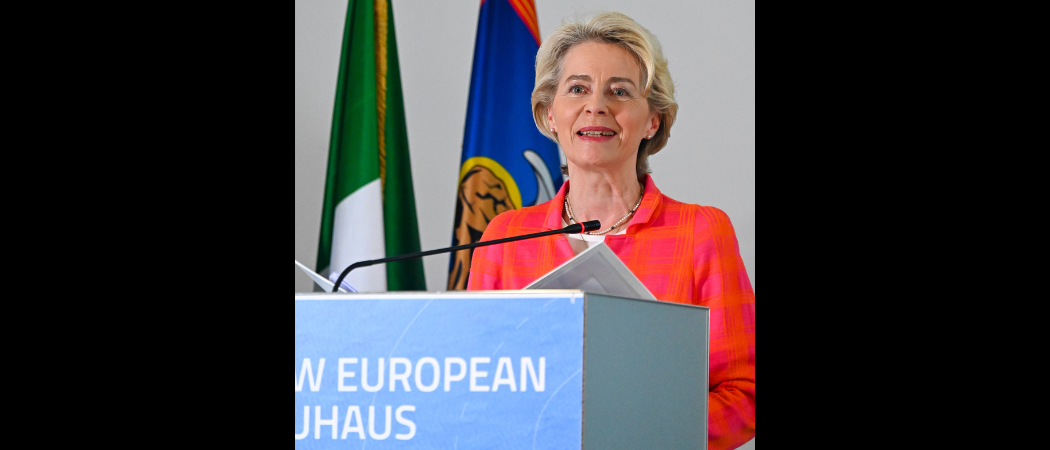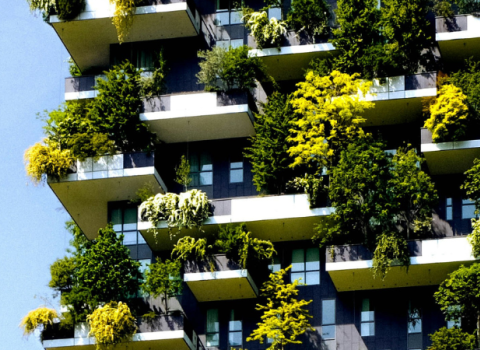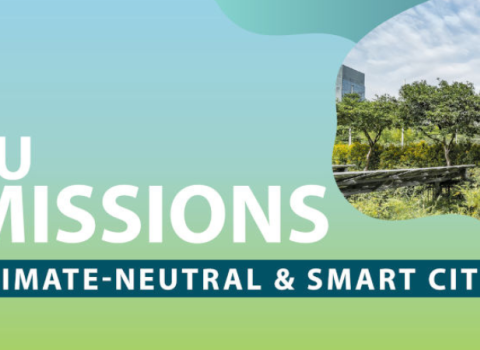New plan on the way for Commission’s green culture initiative after member states say no to sixth research Mission

European Commission president Ursula von der Leyen first announced the new Bauhaus project back in 2020. Photo: European Union
The New European Bauhaus Mission (NEB) won’t be seeing the light of day after member states jointly said no to the European Commission’s proposal.
Instead, the Commission’s green culture initiative will be given more structure and funding through a separate work programme in Horizon Europe from 2025 onwards, according to insiders. This is meant to give the initiative, until now funded through ad-hoc actions in Horizon Europe and other programmes, more stability, grounding and visibility.
The decision marks a win for member states over the Commission’s appetite for new Horizon Europe instruments. The Commission proposed idea in July, as part of its first assessment of the Missions, a novel approach to research programming which uses seed funding to inspire continent-wide action to address societal challenges.
The assessment was positive but acknowledged the Missions are still getting off the ground. The member states weren’t convinced launching a sixth one before the first five have had a chance to prove themselves was a good idea.
The newly proposed structure for the new Bauhaus is more traditional. Next year, NEB will become a ‘destination’ under Pillar 2 of Horizon Europe, which funds big collaborative research projects.
The new ‘destination’ will have a budget of €20 million for five calls for projects. The topics include transforming neighbourhoods, regenerative design, leveraging new bio-based materials, the impact of the built environment of social relations, and governance models for the co-design of neighbourhoods. One of the calls will also fund a project setting up a knowledge sharing tool for NEB.
From 2025, all this will be consolidated further in a new work programme dedicated to the green culture initiative. This will be branded as a ‘NEB Facility’ but will essentially serve as a package of various projects around the topic.
The structure, insiders say, is similar to the one-off €1 billion Green Deal call the Commission ran in 2020, at the end of the last EU research programme.
Why the uproar?
Commission president Ursula von der Leyen first announced the new Bauhaus project back in 2020, and put flesh on the plans a year later, allocating €85 million to the initiative.
The Commission envisioned it as a ‘movement’ of artists and innovators putting a cultural spin on the EU’s net-zero plans. Despite initial scepticism, it’s gathered significant support and interest around the bloc.
Member states are happy to support it but when the Commission proposed to turn it into a Horizon Mission in July, they weren’t keen.
The Mission implementation has been slow and clumsy, and there are already plenty of new instruments in the EU’s research framework. The member states wanted something simpler – and they saw legal challenges to the plan too. The Commission conceded defeat mid-November.
For the NEB supporters on the ground, the move may not make a major difference. Pirita Lindholm, director of the European Regions Research and Innovation Network (ERRIN), a key stakeholder in the Missions, says there is clear support for the new Bauhaus initiative but opinions on how it should develop in the future diverge.
ERRIN set up a special NEB task force but the debate on whether a new Mission is a good idea did not bring a clear outcome. Yet, despite the diverging opinions, the network has a strong interest in the initiative and welcomes the willingness to find a new solution. But Lindholm insists the initiative must continue to work closely with the Missions on shared goals, such as climate adaptation and transitioning cities to carbon neutrality.





 A unique international forum for public research organisations and companies to connect their external engagement with strategic interests around their R&D system.
A unique international forum for public research organisations and companies to connect their external engagement with strategic interests around their R&D system.